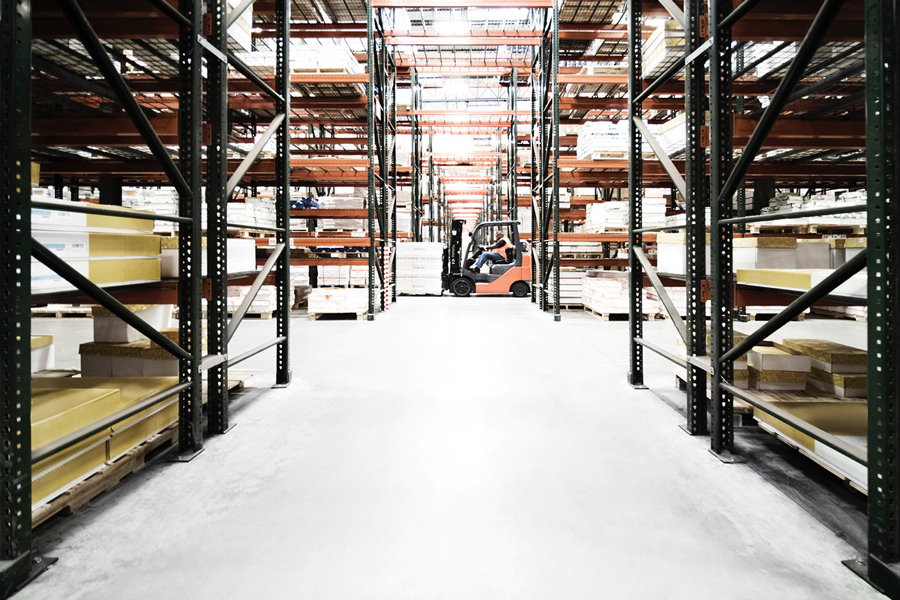Logistics
Warehousing & Fulfillment
Transportation
Industries
Technology & Innovations
E-commerce
E-commerce Fulfillment Services
Lease & Maintenance
Semi Trucks
Logistics
E-commerce
Lease & Maintenance
Buy Used Trucks

It may seem like disruptions in your supply chain are frustrating inevitabilities, but that’s only half true. While they are inevitable, they don’t have to be frustrating. There’s a way to predict and often prevent them. You can also create a system that mitigates disruption when it does happen. The solution starts with visibility: The more transparency you have into each step of your logistics operation, the better you will be able to use it to help you succeed in a competitive marketplace – one characterized by increased consumer demand, shorter lead times, and decreasing inventories.
Many companies find they are profitable and growing in this demanding environment with the help of impressive, new technology that allows them visibility into their supply chain; the ability to capture key data; create meaningful analytics from the information; and then build essential actions into their systems. They often turn to third party logistics (3PL) partners to achieve their visibility goals because they want to focus on their core competency – not their logistics process.
Having supply chain visibility means you have the ability to track parts, components, and products – in transit or at rest – from the manufacturer to final destination. The ideal system captures data through new and flexible technologies; makes useful data readily available to stakeholders and customers; gives a clear view of inventory and supply chain activity; and helps create agile, flexible and responsive supply chains.
Implementing such a system is vital because all stakeholders need to know where things are coming from, where they are at specific times, and where they are going. This visibility increases your ability to capture information, and share and predict events and transactions, as well as translate data into useful information. This way, you can create a playbook to manage disruptions and store information for historical record and reporting.
Many companies find that limiting supply chain visibility prevents their working efficiently and successfully. Whether managing a single- or multi-source supply chain in any industry, businesses without full visibility are challenged by key factors, such as aligning goods’ movement to delivery dates in a cost effective manner, and configuring routes and transportation modes to accommodate products and sources based on locations of suppliers, fulfillment and distribution centers, and stores. Additional challenges they face include transforming sku data into business intelligence; optimizing shipping and transportation via forecast demand; enhancing inventory velocity to meet specific delivery dates; and complying with increased governmental regulations.
But having visibility for visibility’s sake is not effective unless you can drive down to very specific detailed data needed to make decisions, such as load specific details at a sku level. That said, there’s no question that the ability to mitigate disruption is supply chain visibility’s biggest benefit. With it, you can pre-plan for possible disruptions and react quickly when a situation occurs.
Mr. Allen for leading sales support and operational excellence functions across Ryder including new offer development, solutions design, program management, quality management and re-engineering disciplines. He has more than 25 years of experience in supply chain management, logistics outsourcing and professional services. Mr. Allen's areas of expertise range from process improvement, logistics outsourcing, new product development, business transformation, systems selection/implementation, operational due diligence, business performance improvement and overall supply chain strategy.